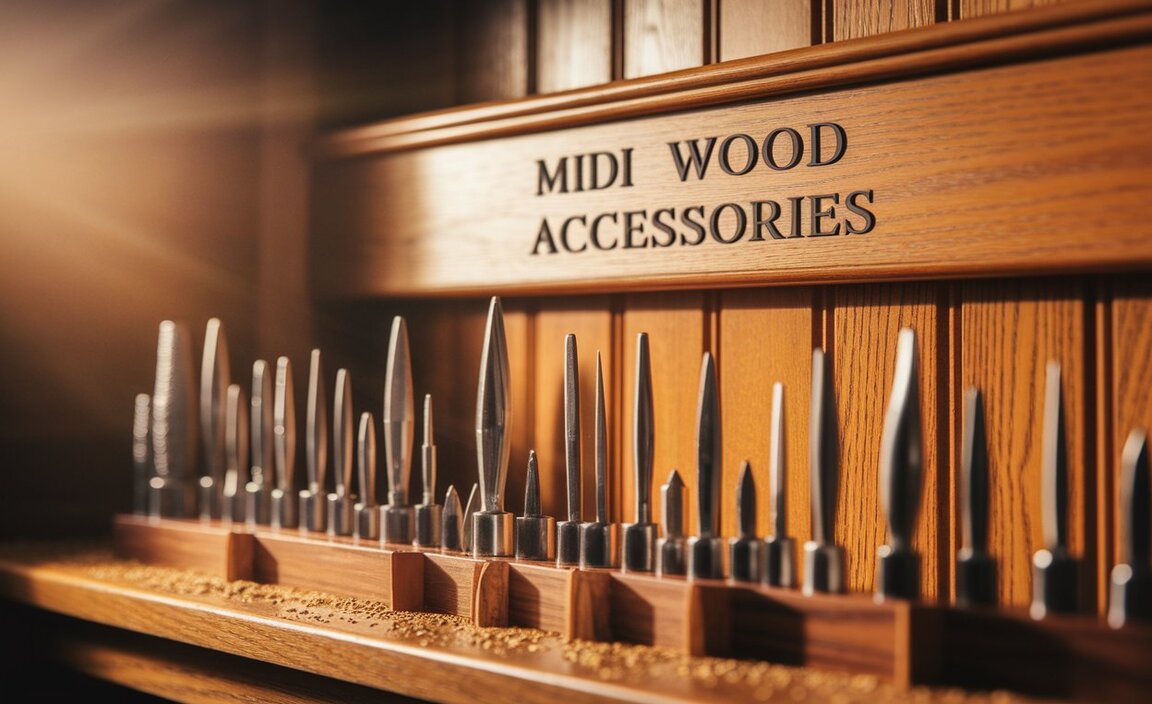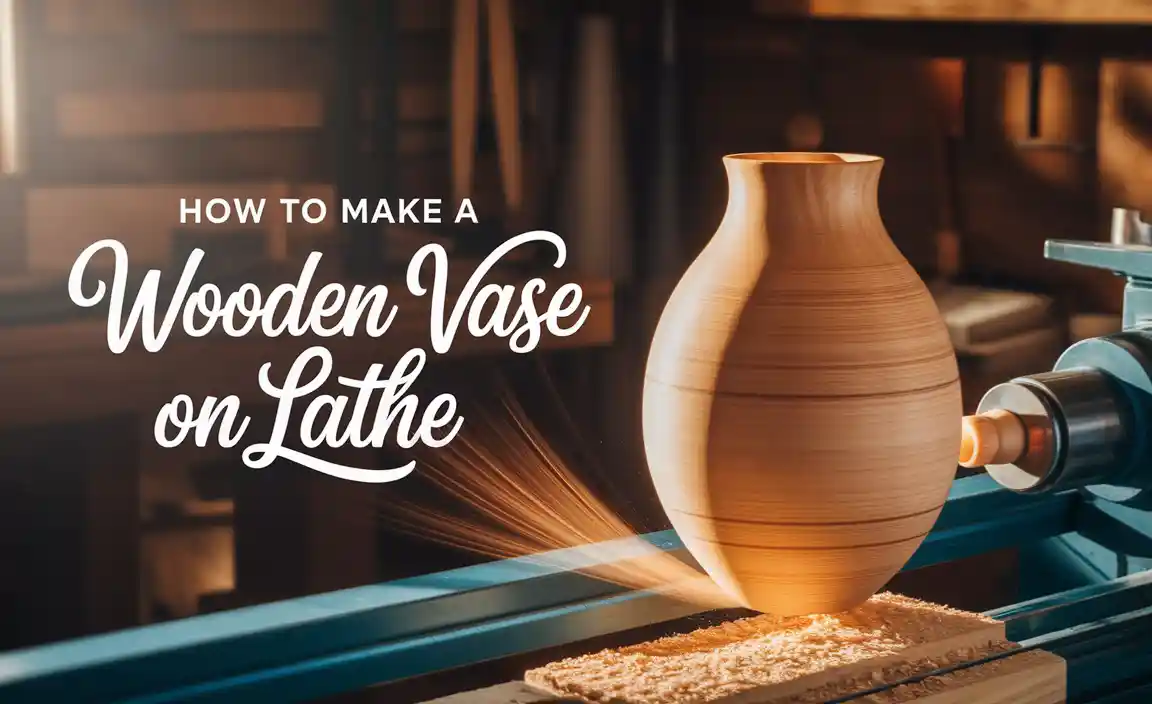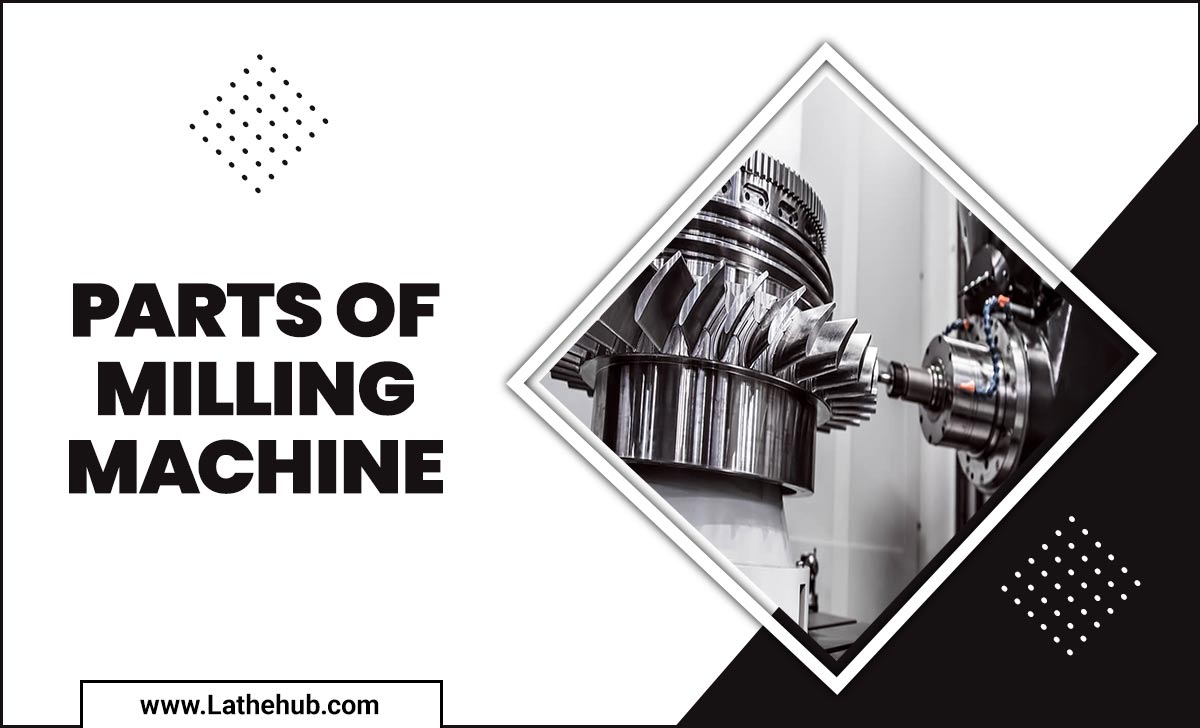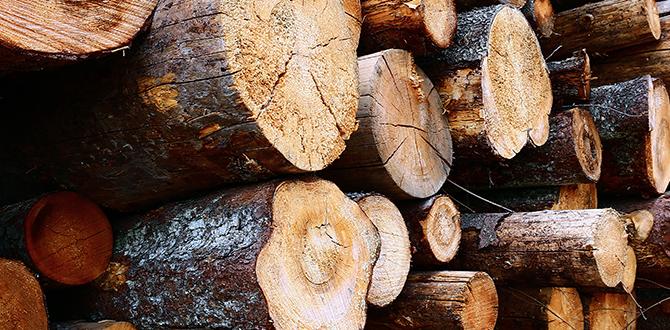Wood lathe dust collection attachment is no longer a luxury for woodturners; it’s a necessity. The fine particles of wood dust, often invisible to the naked eye, can pose significant health risks, from respiratory irritation to long-term lung damage. Beyond the health concerns, a clean workspace translates to greater precision, better project quality, and an overall more enjoyable turning experience. But with a range of options available, how do you determine the “best” wood lathe dust collection attachment for your specific needs?
The ideal system will effectively capture dust at its source, prevent it from becoming airborne, and integrate seamlessly with your existing setup without hindering your turning process. This involves understanding the different types of dust collectors, the attachment mechanisms, and crucial features to consider.
Understanding Your Needs: More Than Just Dust
Before diving into specific products, it’s essential to assess your turning habits. Are you a hobbyist who occasionally turns small bowls, or a more prolific turner producing larger projects with denser woods? The volume and type of dust generated will influence the power and capacity of the dust collection system you’ll need.
Frequency of Use: For infrequent users, a simpler, less powerful system might suffice. However, for daily or extensive turning, a robust system is paramount.
Types of Wood: Hardwoods produce finer, more pervasive dust than softer woods. If you work primarily with hardwoods, a system with better filtration and suction is crucial.
Workspace Size and Ventilation: A small, enclosed workshop will benefit immensely from a more efficient dust collection system than a large, open space. Good general ventilation is always recommended, even with a dust collector.
Budget: Dust collection systems range from DIY solutions to professional-grade units. Establishing a budget will help narrow down your choices.
Types of Wood Lathe Dust Collection Systems
The term “wood lathe dust collection attachment” can encompass a few different approaches. They generally fall into two main categories:
1. Integrated Dust Collection Systems: These are designed to attach directly to the lathe or its headstock, capturing dust as it’s created. They often involve shrouds, hoses, and a connection point to a larger dust collector or vacuum.
2. Standalone Dust Collectors: While not strictly an “attachment,” a powerful shop vac or a dedicated dust collector is the engine that makes many attachments effective. The attachment’s primary role is to direct the airborne dust towards the suction source.
Focusing on the “Attachment” Aspect
When we talk about a wood lathe dust collection attachment, we’re often referring to the components that physically surround or interface with the turning blank and the lathe itself to funnel the expelled dust. These are the critical pieces that make dust collection efficient at the source.
Shrouds and Hoods: These are perhaps the most common form of attachment. They are designed to enclose the turning area as much as possible, creating a barrier between the spinning wood and the open air. Some are universal, while others are model-specific for a better fit. Key features to look for include:
Adjustability: The ability to adjust the shroud’s position to accommodate different turning diameters is vital.
Visibility: While enclosing the dust, the shroud shouldn’t completely obstruct your view of the turning. Clear acrylic or strategically placed openings are beneficial.
Hose Port Size and Location: The port where the dust hose connects should be easily accessible and sized appropriately for your dust collection system’s airflow.
Tailstock Dust Shields: Some designs focus on capturing dust escaping from the tailstock end of the lathe. These are often simpler, smaller attachments but can be effective in conjunction with other methods.
Tool Rests with Integrated Ports: Certain tool rests are designed with a built-in port that can be connected to a dust hose. This is an efficient way to capture dust as it emanates from the cutting tool. However, this can sometimes restrict tool movement or be less effective for certain turning operations.
Key Features for the Best Wood Lathe Dust Collection Attachment
Regardless of whether you opt for a dedicated product or a DIY solution, several features contribute to the effectiveness of your wood lathe dust collection attachment:
Airflow Dynamics: The design should promote a strong, consistent airflow that pulls dust away from your breathing zone and towards the collection point. Smooth internal contours and well-placed entry points for dust are important.
Ease of Installation and Removal: You don’t want to spend excessive time setting up or taking down your dust collection system. Quick-release clamps or simple mounting mechanisms are a significant advantage.
Durability and Material: The attachment should be robust enough to withstand the workshop environment and potential accidental bumps. Materials like sturdy plastics or metals are common.
Compatibility: Ensure the port on the attachment is compatible with your dust collection hose diameter. Adapters are available, but a direct fit is always preferable.
Safety Considerations: The attachment should not interfere with the safe operation of your lathe. Sharp edges, pinch points, or anything that could snag on clothing or wood should be avoided.
DIY vs. Purchased Attachments
Many woodturners find success with DIY wood lathe dust collection attachment solutions. Common materials include plywood, MDF, clear acrylic sheets, and flexible hoses. The advantage is the ability to tailor the design precisely to your lathe and workspace. Online forums and woodworking communities are rich with innovative DIY designs and plans.
However, purchased attachments offer convenience, often a more refined design, and predictable performance. Manufacturers have invested time in engineering efficient airflow and robust construction. If your budget allows, a well-regarded commercial attachment can be a worthwhile investment.
Maximizing Your Dust Collection
Beyond selecting the right attachment, remember that effective dust collection is a system.
A Powerful Vacuum/Dust Collector: The best attachment won’t be effective if it’s connected to a weak suction source. Invest in a shop vac with good CFM (cubic feet per minute) or a dedicated dust collector.
Filtration: If connecting to a shop vac, consider upgrading its filter for finer dust capture and preventing motor strain. Many dust collectors come with multi-stage filtration.
Hose Management: Keep dust collection hoses as short and straight as possible to maintain airflow. Avoid crimping or kinks.
* Regular Cleaning: Empty dust bags or bins regularly, and clean filters as needed. A full collection point drastically reduces suction.
Ultimately, the “best” wood lathe dust collection attachment is the one that effectively removes wood dust from your immediate working area, protects your health, and integrates smoothly into your turning workflow. By understanding your needs and evaluating the available options based on key features, you can tame the sawdust storm and enjoy a cleaner, safer, and more productive woodturning experience.




